Savills is hosting a property outlook event in Aberdeen today. Here, Jamie Kelman from the firm’s “earth” team asks what ScotWind means for the Granite City.
Aberdeen’s story is remarkable. Over half a century, the energy industry transformed the city from a fishing port into a global centre of excellence for offshore engineering, leading the world in oil and gas exploration.
It is undoubtedly Europe’s energy capital, and as the economy decarbonises it can remain so.
The just transition to a green economy is the next chapter in Aberdeen’s story.
The requirement for cheaper, sustainable sources of energy was brought into sharp focus following Russia’s invasion of Ukraine and the effect on global energy markets.
Renewable energy made in Scotland’s waters is key to providing security of supplies and reducing the impact of climate change.
Scotland is at the forefront of the world’s offshore wind industry. Our coastline is dotted with wind farms providing clean, sustainable energy.
Huge step for Scottish renewables
In 2022 the Scottish Government made one of the biggest commitments to offshore wind in the world through the ScotWind auction round, a series of projects where almost half of the UK’s current generation will be built off our shores within the next decade.
ScotWind projects will provide enough renewable power for every home in the UK and deliver £28 billion of investment in the north.
Manufacturing and supply chain requirements for these projects will kick-start a level of industrialisation not seen in Scotland in generations. Aberdeen will be at the heart of this investment.
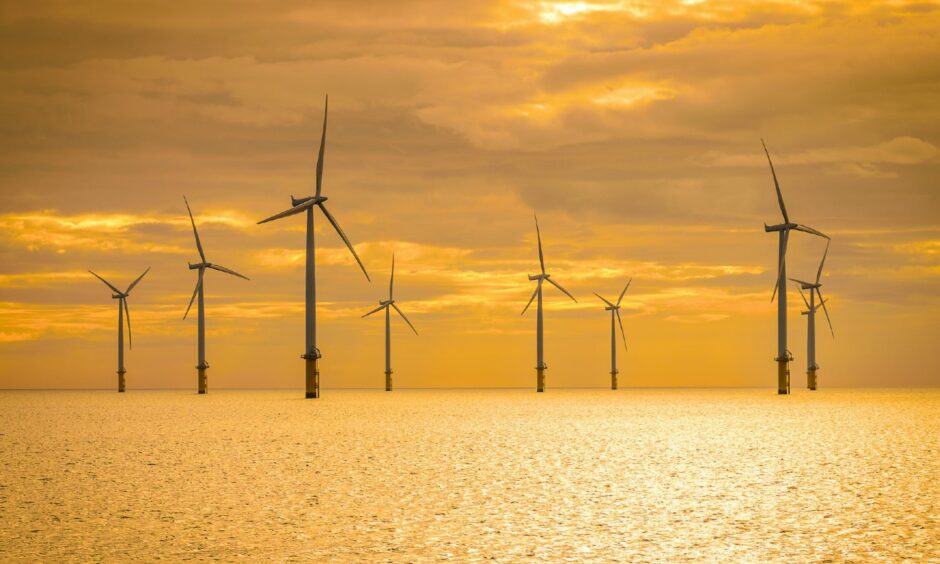
Key to the delivery of these projects is the development of floating turbines out at sea, where wind generation potential is higher.
Aberdeen leads this technology globally – the world’s first floating wind farm was commissioned 30 kilometres (about 19 miles) off the coast of the city in 2017.
ScotWind projects will require a planned capacity of 28 gigawatts (GW), secured from 2,000 new turbines across 20 wind farms. They will use more than 6,000 turbine blades which, if laid end-to-end, would stretch from Edinburgh to London.
Oil and gas technology at the heart of offshore wind energy projects
Importantly, floating wind borrows technology from the oil and gas industry in that the component parts are constructed and assembled onshore, then towed out to their operational locations. This has significant implications for the real estate market.
Manufacturing and supply chain requirements also mean the north-east of Scotland will need investment in port expansion, industrial and manufacturing centres, logistics hubs and new office space.
And in the longer term, this investment will create an environment for thousands of new jobs in the green economy, driving demand for housing and in turn for ancillary services like retail, leisure and education.
With new, clean power coming onshore in the north of Scotland, we will be able to host data centres, hydrogen production, carbon capture and storage facilities, lean steel manufacturing, vertical farming and a host of other technologies.
The North Sea has some of the highest generation potential for offshore wind in the world, but we are not the only nation competing for it.
As we progress into this century, North Sea nations plan to install 260GW of offshore wind capacity – that’s nearly ScotWind times 10 and enough to generate enough electricity to power every home in the European Union.
Stavanger and Bergen in Norway, and Esbjerg in Denmark are Aberdeen’s competitors; all three are cities have an oil and gas heritage and all are investing in the economy of the future.
Like its competitor cities, Aberdeen is beginning to set out the building blocks for the new economy. It has an established engineering heritage, an expanding port and we have investors touting the city as the hub for the North Sea’s clean energy future.
Massive opportunity
ScotWind presents a huge opportunity, but we need to ensure this is just the beginning of the story and that future investment and jobs in this space do not go elsewhere.
Aberdeen’s future depends on collaboration between policymakers, funders, investors and developers to ensure a just transition to a green economy for the city.
Just as Aberdeen led the world in the oil and gas sector, the city has the potential to be at the vanguard of clean energy within the global decarbonised economy of the future.
Jamie Kelman is an associate in the “earth” team at property giant Savills

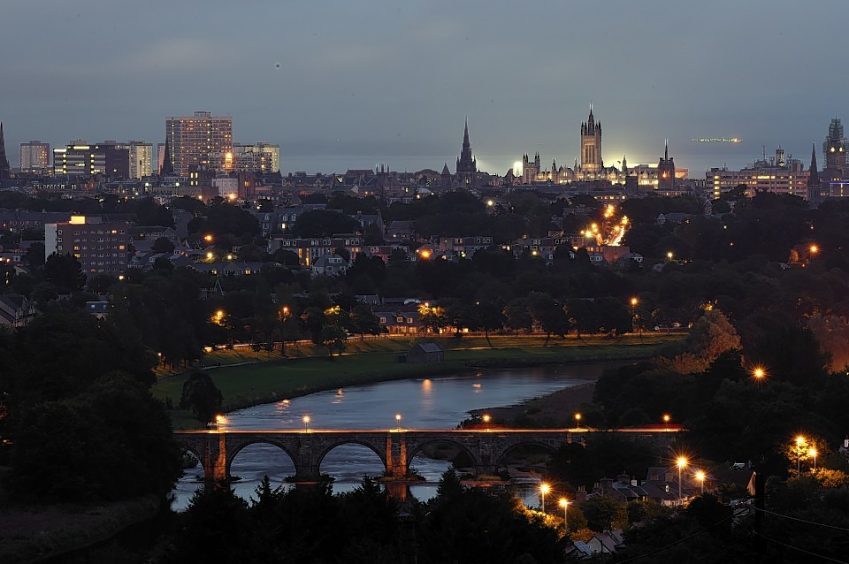
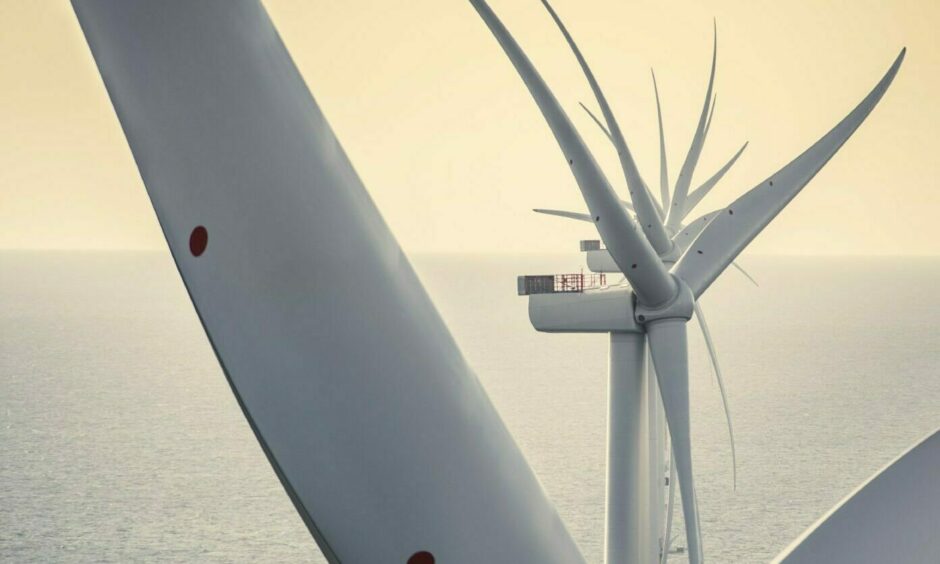
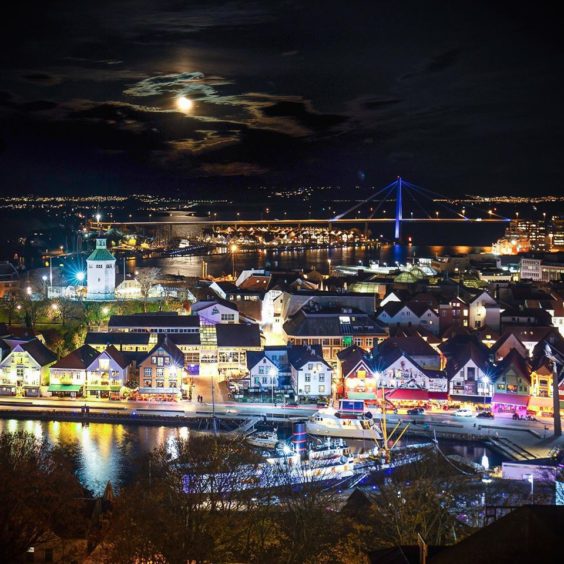
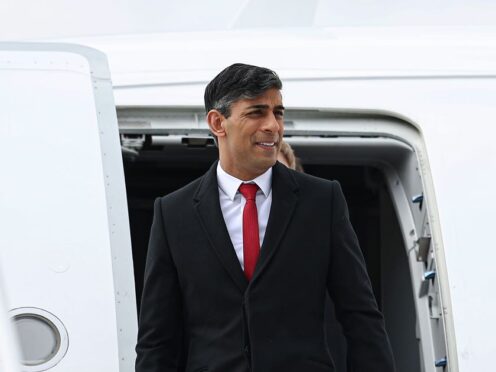


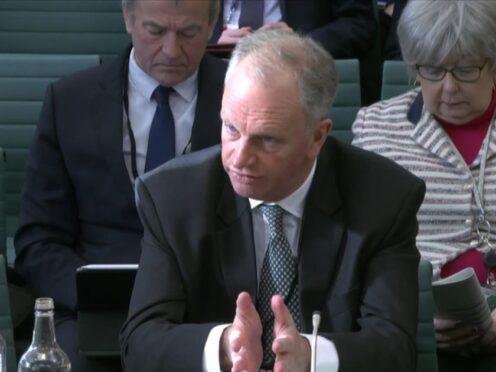

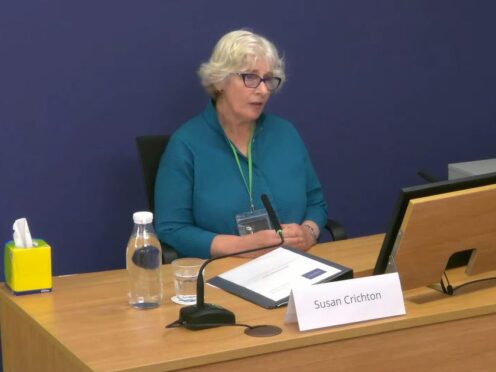


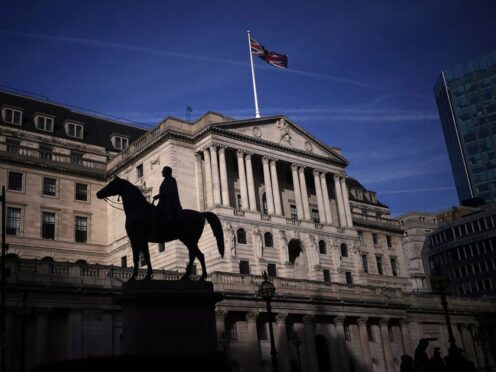
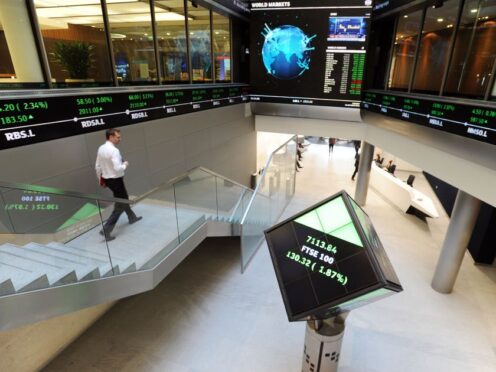
Conversation